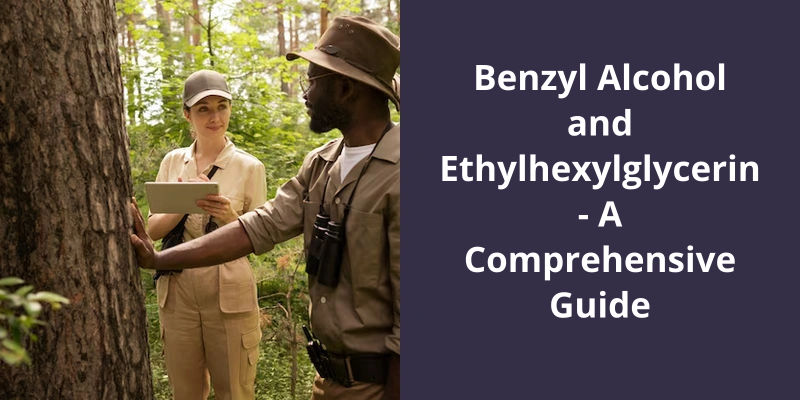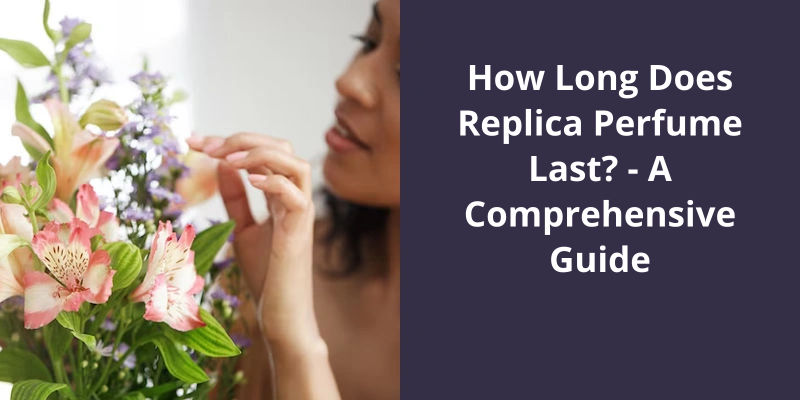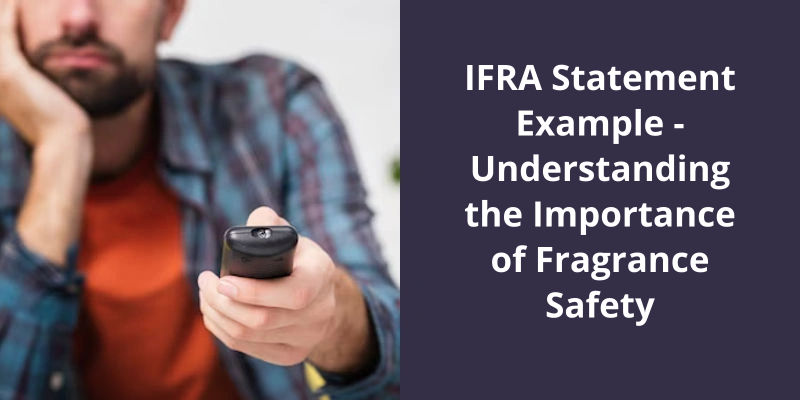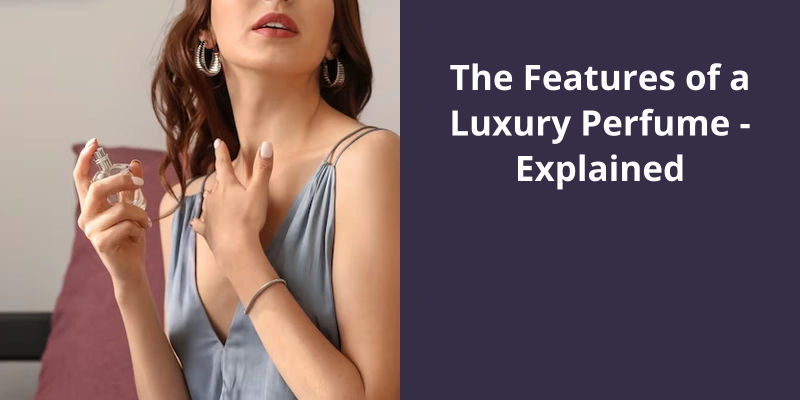Benzyl Alcohol and Ethylhexylglycerin are both commonly used in the formulation of skincare and cosmetic products. Benzyl Alcohol is an aromatic alcohol that is used as a preservative, solvent, and fragrance ingredient in many types of products, and it is known for its antimicrobial properties. It is also used in many products as a masking and bulking agent. On the other hand, Ethylhexylglycerin is a natural preservative derived from glycerin that’s often used as an alternative to parabens. It is commonly used in cosmetics and skin-care products due to its skin-conditioning properties. However, it is important to note that both of these ingredients may cause skin irritation or allergic reactions in some individuals, so it’s important to test any new product on a small area of skin before using it widely.

Is Ethylhexylglycerin a Preservative in Cosmetics?
It’s often used in cosmetics to increase the shelf life of products and protect against microbial growth. Ethylhexylglycerin is a versatile ingredient that can be found in a wide range of cosmetics, including moisturizers, cleansers, shampoos, and conditioners.
One of the main benefits of ethylhexylglycerin is it’s ability to condition and soften the skin. It’s a moisturizing effect that can help to improve the skins texture and reduce the appearance of fine lines and wrinkles. Additionally, it can help to soothe and protect the skin from damage caused by environmental stressors, such as UV rays and pollution.
Despite it’s many benefits and widespread use in cosmetics, there are also some concerns about the safety of ethylhexylglycerin. Some studies have suggested that it may be a skin irritant, particularly when used in high concentrations. Additionally, there have been some reports of allergic reactions to products containing ethylhexylglycerin, although these appear to be relatively rare.
However, it’s important to use it responsibly and in accordance with regulatory guidelines to ensure that products are safe and effective for consumers. As with any cosmetic ingredient, it’s also important to be aware of any potential risks or side effects and to discontinue use if any adverse reactions occur.
As consumers become more conscious about the ingredients in their personal care products, there’s been an increased interest in understanding the purpose and safety of cosmetic preservatives. Among these preservatives are phenoxyethanol and ethylhexylglycerin, which are commonly used together in liquid cosmetic formulations. While phenoxyethanol is effective in inhibiting the growth of microorganisms, the addition of ethylhexylglycerin further enhances it’s preservative activity. Let’s take a closer look at these two ingredients and their role in cosmetic product safety.
What Is Phenoxyethanol and Ethylhexylglycerin?
Phenoxyethanol & Ethylhexylglycerin is used extensively in making personal care and skin care products, as well as hair care products and cosmetics. They’re widely used in a range of products including creams, lotions, cleansers, shampoos, and many other beauty products. The reason for their popularity is due to their ability to act as a broad-spectrum preservative, meaning they can effectively protect against many types of microorganisms that cause spoilage to the product or can harm the skin.
These two ingredients are often added to natural products or products that are labeled “free of synthetic preservatives.”. This is because they’re known to be gentle on the skin and are considered safe for personal use.
Phenoxyethanol is a clear, colorless liquid that’s often referred to as an ester alcohol. It’s a glycol ether that’s antibacterial properties, which can help protect the formula from bacteria, yeast, and fungi. It’s also been found to inhibit the growth of some viruses, making it a very powerful preservative. Ethylhexylglycerin is a colorless and odorless liquid that enhances the activity of phenoxyethanol by reducing the surface tension of bacterial cell membranes and acting as a wetting agent. This improves the penetration of phenoxyethanol into the microorganisms, thereby increasing the efficacy of the preservative.
It’s important to ensure that the right concentration of these ingredients is added to a formula in order to ensure that the product remains safe and effective for the intended use. Many cosmetic manufacturers now opt for this preservative system due to it’s proven efficacy and overall safety profile for delicate skin types. Phenoxyethanol & Ethylhexylglycerin have been the preferred choice of manufacturers and consumers alike due to their effectiveness and overall safety on skin.
Alternatives to Using Phenoxyethanol and Ethylhexylglycerin for Preserving Cosmetics and Personal Care Products
- Caprylyl Glycol
- Phenethyl Alcohol
- Potassium sorbate
- Sodium benzoate
- Benzyl Alcohol
- Dehydroacetic Acid
- Benzyl Alcohol and Salicylic Acid and Glycerin and Sorbic Acid
- Radish Root Ferment Filtrate
- Leuconostoc Ferment Filtrate
- Ascorbic Acid and Citric Acid and Lactic Acid
Now that we know ethylhexylglycerin is a common ingredient in baby products and cosmetics marketed as “hypoallergenic” or “formaldehyde free,” it’s important to understand whether or not it contains formaldehyde. This potential concern has brought attention to the safety of using products that contain ethylhexylglycerin.
Is Ethylhexylglycerin Formaldehyde?
Ethylhexylglycerin is a synthetic compound that’s widely used in the cosmetic industry as a preservative and skin conditioning agent. It’s also commonly found in baby products, due to it’s gentle and non-irritating nature. Many consumers are concerned about the safety of ethylhexylglycerin, especially as it relates to the potential presence of formaldehyde, a known carcinogen.
This reaction occurs when ethylhexylglycerin comes into contact with quaternium-15, imidazolidinyl urea, or dimethyloldimethyl hydantoin – all of which are commonly used in cosmetics and personal care products.
In fact, many companies have gone to great lengths to ensure that their products don’t contain formaldehyde, either through the use of alternative preservatives or by testing their products to ensure that they meet strict safety standards.
In order to protect themselves and their families, many consumers choose to avoid products that contain ethylhexylglycerin, opting instead for natural or organic alternatives.
Overall, the safety of ethylhexylglycerin is a topic of ongoing debate in the cosmetic industry. While many manufacturers continue to use this compound in their products, others are working to find safer and more effective alternatives.
The Effectiveness of Natural and Organic Preservatives in Cosmetic Products.
- Essential oils
- Vitamin E
- Ascorbic Acid
- Rosemary extract
- Tea tree oil
- Grapefruit seed extract
Conclusion
In conclusion, the combination of benzyl alcohol and ethylhexylglycerin (INCI/chemical name) with tocopherol in euxyl™ k 900 serves as a potent preservative in various personal care products. It’s broad-spectrum efficacy ensures that products remain safe, effective and stable for optimal user experience. The liquid form of this preservative makes it easy to mix into formulations and customers can enjoy the benefits it offers.





